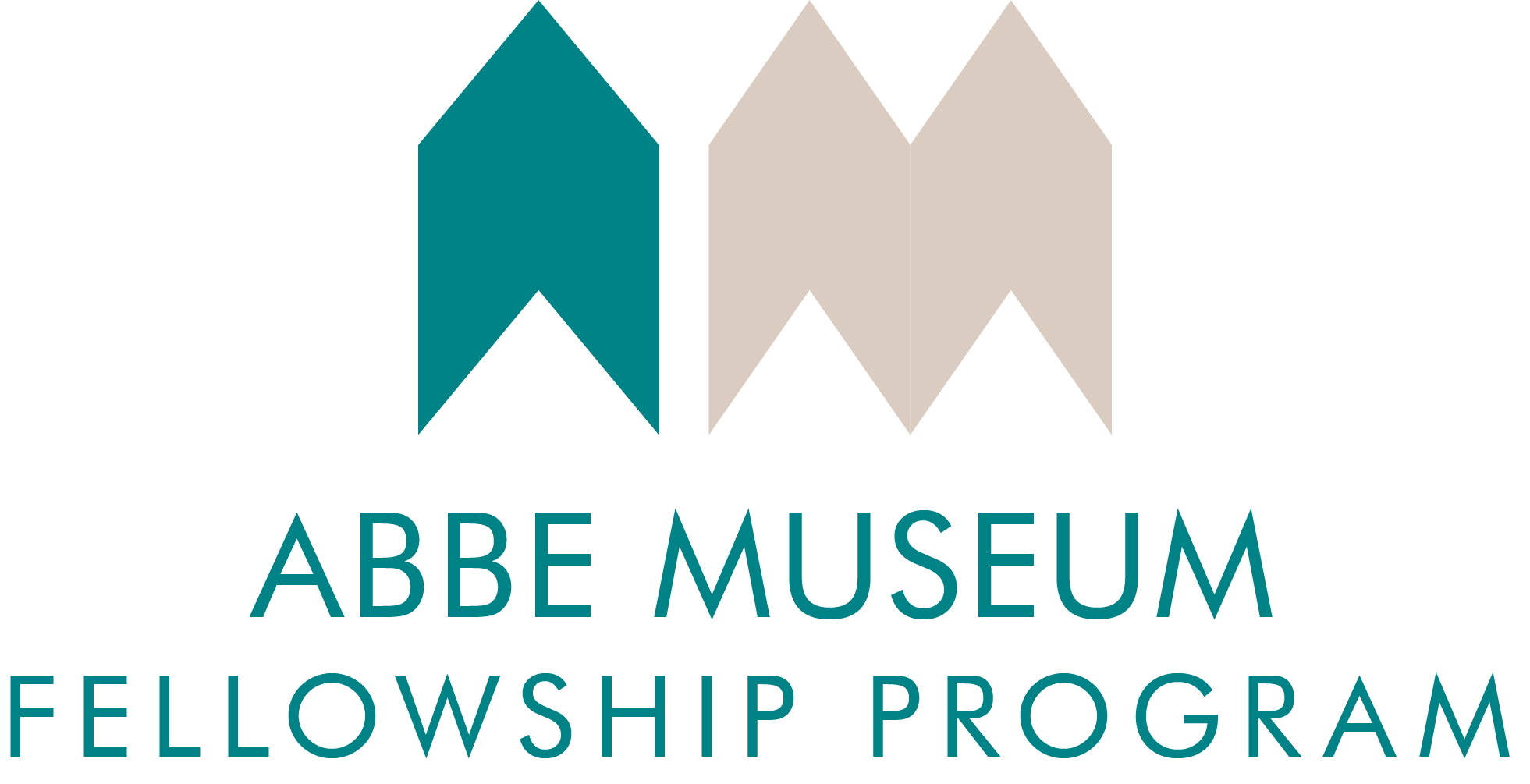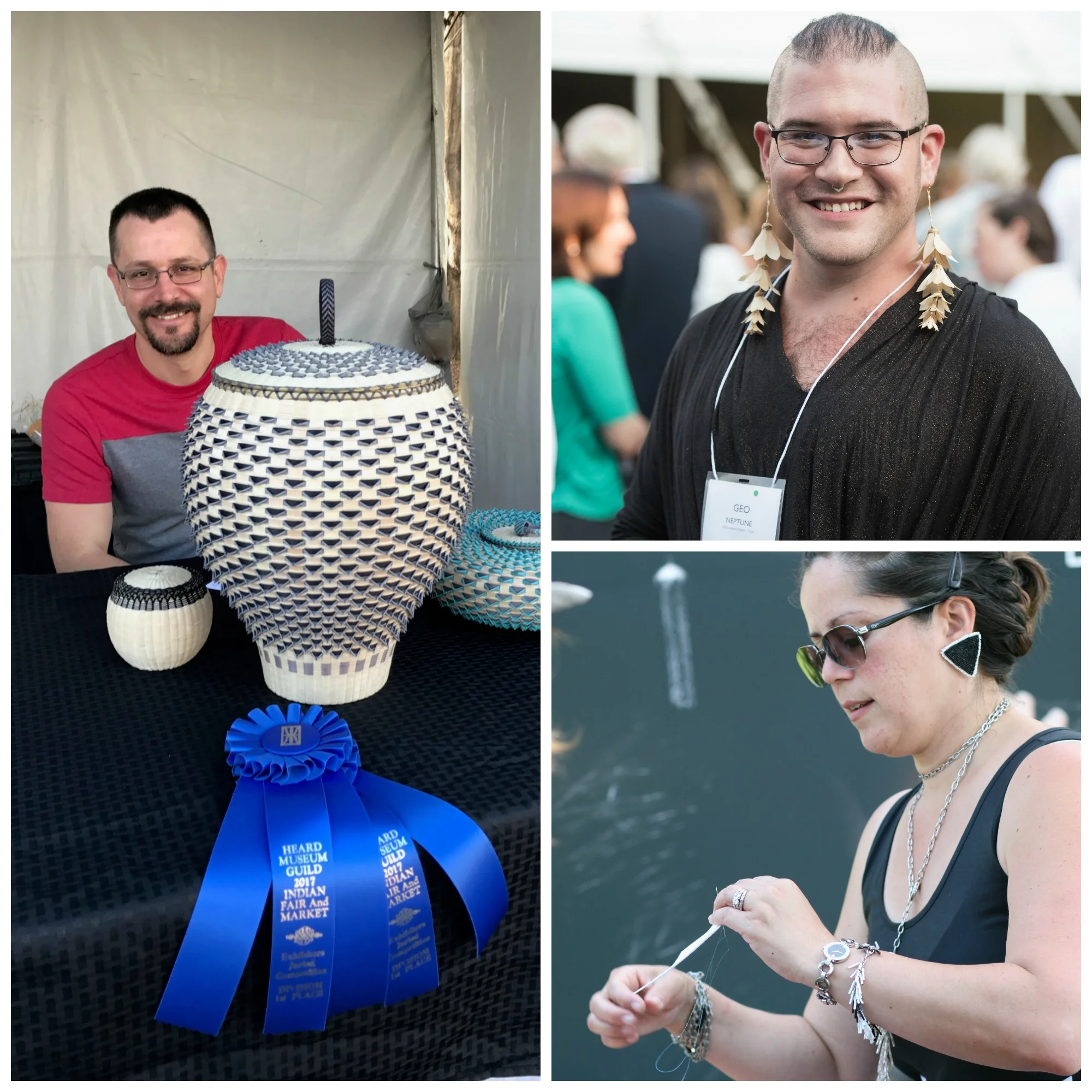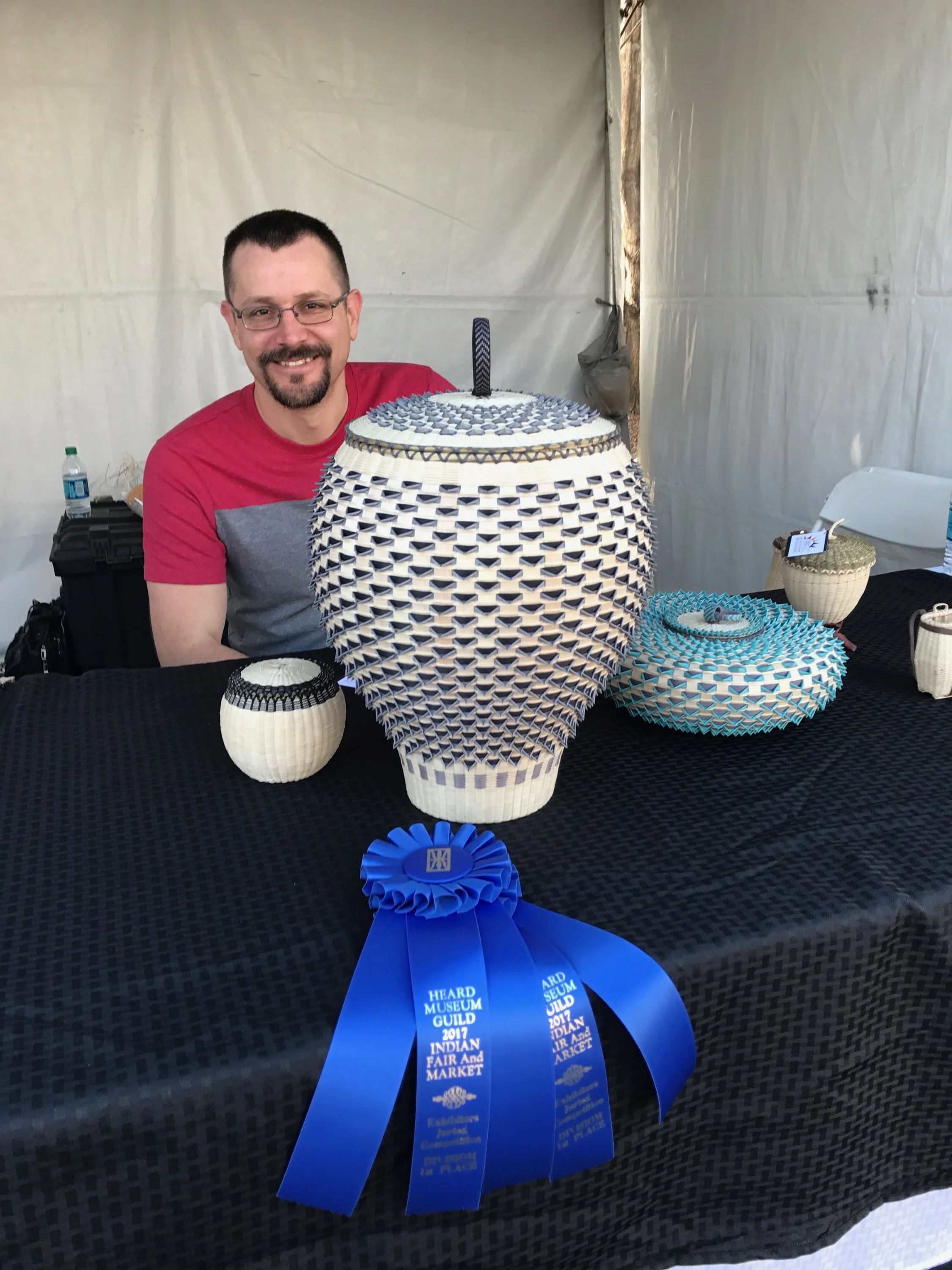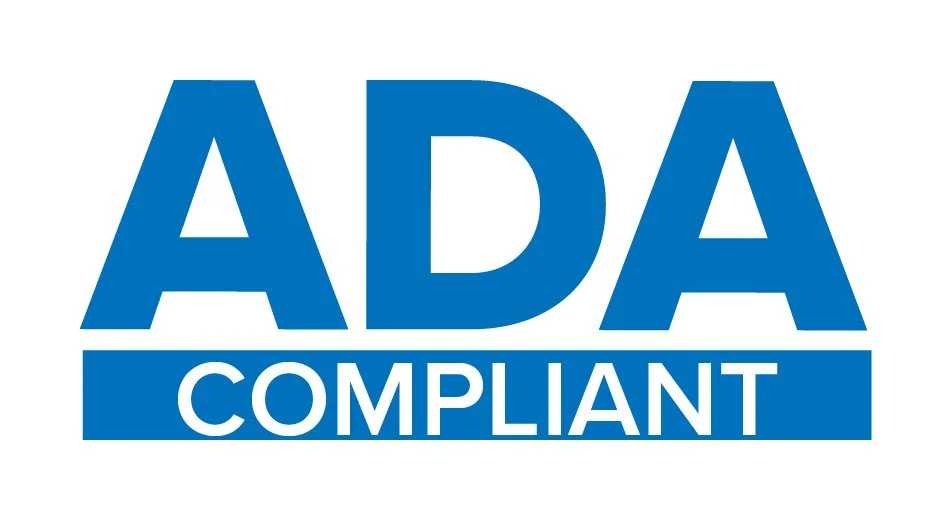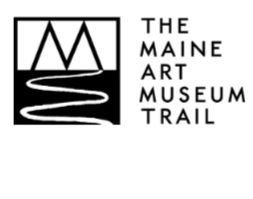Wabanaki Artists Win Top Ribbons at Santa Fe Indian Market
/Three Wabanaki artists from Maine won a total of four ribbons at the Santa Fe Indian Market in New Mexico on August 18, 2017. For more than six years, Wabanaki artists have won top spots at the prestigious market.
Sarah Sockbeson, Penobscot, took first in Division B: Non-Southwest Basketry in the contemporary category. 2017 Abbe Museum Fellow Geo Neptune, Passamaquoddy, placed second in the same division.
Gabriel Frey, Passamaquoddy, won first and honorable mention in Division B: Non-Southwest Basketry in the twined/wicker category. This was the second time in attendance for Frey, and he added to his honorable mention ribbon from last year.
“I feel so honored and humbled by the reception my work got out west,” Frey said. “It's a pretty incredible experience, and I’m so fortunate to have been able to be there.”
Abbe Museum President and CEO Cinnamon Catlin-Legutko and Abbe Museum Indian Market Producer Dawn Spears, Narragansett/Choctaw, attended the Market to meet with artists about the Abbe Museum Indian Market coming up in May 2018.
“Artists were enthusiastic about our market plans for Bar Harbor,” Catlin-Legutko said. “We were excited to share that applications are now available for the juried process and the deadline is September 15, 2017.”
For the past 96 years, Santa Fe Indian Market has been bringing together the most talented Native American artists from around the US. As the largest Native arts fair in the world, the market spans an entire plaza and surrounding streets and consists of a myriad of events — galas, art openings, music and experiences, fashion shows, and the much anticipated juried art show. Of the more than 1,000 artists who participated this year, seven were Wabanaki artists from the state of Maine.
Other Wabanaki artists accepted to attend the market included 2017 Abbe Museum Fellows Jeremy Frey, Passamaquoddy and Donna Brown, Penobscot, as well as Jason Brown, Penobscot, and Ganessa Frey, Penobscot.
The inaugural Abbe Museum Indian Market will be held May 18-20, 2018 in downtown Bar Harbor. More details on the Market can be found at www.abbemuseum.org/indianmarket.



